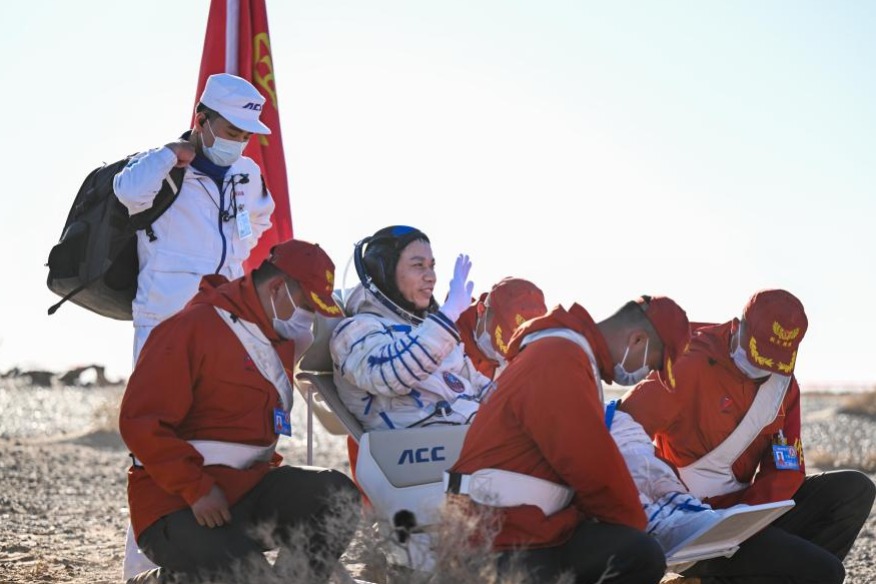Desert locusts invade South Sudan
By Edith Mutethya in Nairobi, Kenya | chinadaily.com.cn | Updated: 2020-02-19 21:00

South Sudan is the latest victim of the worst locust outbreak in years that has left a trail of crop and pastureland destruction in the east African region.
The pest invasion adds threats to food security in a country that has been grappling with drought and civil war for the last five years.
According to the Integrated Food Security Phase Classification analysis, South Sudan is facing unprecedented levels of food insecurity, as more than 5.5 million people - about 47 percent of the country's population - are severely food insecure.
Onyati Adigo, the South Sudan minister for agriculture, confirmed on Tuesday that the pests had crossed into the country from Uganda and said the government will try its best to control them.
In its locust update on Monday, the United Nations World Food Program said a mature swarm entered Magwi county in South Sudan in the southeast from Lamwo district in northern Uganda and was moving towards Torit West.
Meshack Malo, the UN Food and Agriculture Organization representative in South Sudan, said the locusts were mature and looking for breeding grounds, adding that the sandy soil in the country's eastern Equatoria region was favorable for the locusts to lay eggs.
"These are deep yellow, which means that they will be here mostly looking at areas in which they will lay eggs," Malo said.
South Sudan has not seen an invasion of the pest since 1961 and has no collective means to address one, the FAO said.
Ethiopia, Kenya, Somalia, Djibouti, Eritrea, Uganda and Tanzania are already struggling to contain the swarms that were first spotted in the region in June last year.
FAO termed the outbreak as the worst in 25 years in Ethiopia and Somalia, and the worst in 70 years in Kenya.
The UN agency said on Monday that the situation remains extremely alarming in Kenya, Ethiopia and Somalia, where widespread desert locust infestations and a new generation of breeding threatens food security and livelihoods in the region.
"The situation is less worrisome in Uganda and Tanzania," the FAO said in the Monday locust update.
In his tour to Ethiopia on Tuesday, Mike Pompeo, the US secretary of state, said the US will donate $8 million to the efforts to contain the locust invasion.
The US donation adds to the $22 million so far raised by the FAO of the required $76 million to help governments rapidly scale up aerial spraying and other control measures in the affected areas.
























